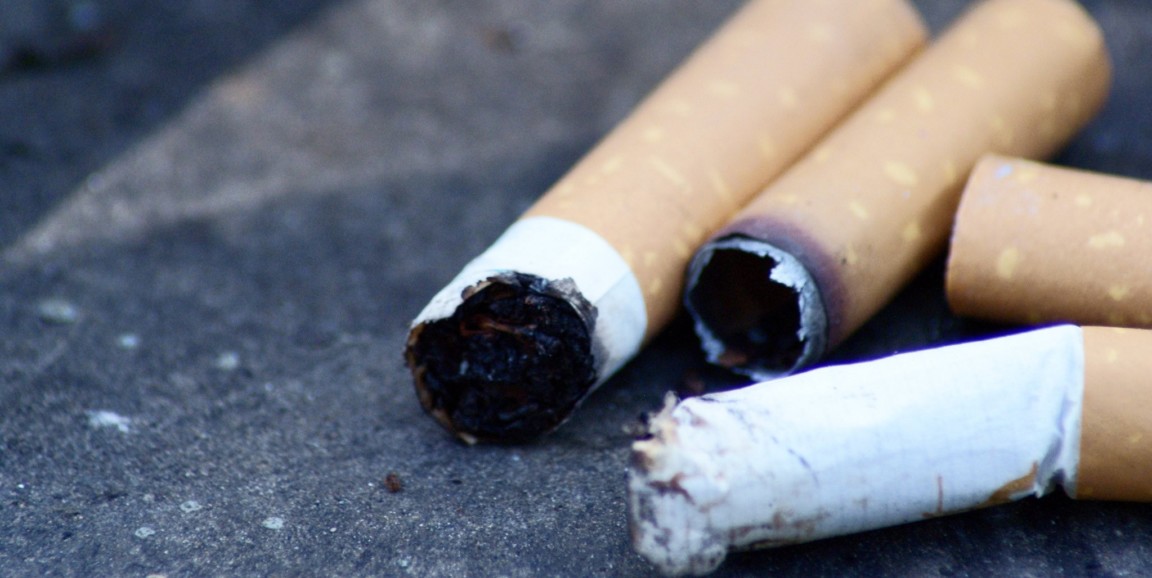I won't lie, when Stanford pathologist Stephen Galli, MD, first contacted me to discuss his study about the health effects of "third-hand smoke" on mice I was puzzled.
It's pretty common knowledge that breathing others' smoke -- second-hand smoke -- can wreak havoc on our airways. But this was the first I'd heard of the health effects of skin contact with the chemical compounds left behind on surfaces (third-hand smoke) after the fumes have dissipated. It turns out that researchers have known for some time that exposure to third-hand smoke may, among other outcomes, increase the risk of blood clots and insulin resistance and slow wound healing.
Now, Galli and senior research scientist Mang Yu, PhD, have shown that exposure to this third-hand smoke can increase the severity of asthma symptoms in laboratory mice. They published their findings recently in the Journal of Allergy and Clinical Immunology.
As Galli explained in an email:
Our results in mice suggest that skin contact with compounds from third-hand smoke can be as harmful as breathing second-hand smoke. In particular, we were surprised that painting such a small dose of one component of third-hand smoke called NNK on the skin of mice could substantially increase the severity of asthma pathology in the animals.
Galli and Yu found that mice with symptoms of asthma exhibited significant increases in airway hyperreactivity when their skin was subsequently exposed to NNK as compared to a control substance. Further analysis showed that the exacerbation of symptoms was due to the activation of a particular type of immune cell called a mast cell.
In the United States, more than 40 percent of children aged two months to 11 years live in a house with a smoker, according to the paper. Babies and children are thought to be more at risk than adults from third-hand smoke because they tend to spend their time indoors crawling and rolling about. It's a no-brainer to try to limit a child's exposure to third-hand smoke. But it's also important to understand why third-hand smoke has such a powerful effect on asthma symptoms.
As Yu explained:
We are now investigating the precise mechanism(s) that link exposure to third-hand smoke with an increase in mast cell function. So far, we are looking at signaling molecules called cytokines that are produced by mast cells. These could be potential targets to intervene in the exacerbation of asthma symptoms or pathology in humans exposed to third-hand smoke.
Photo by Bryan




